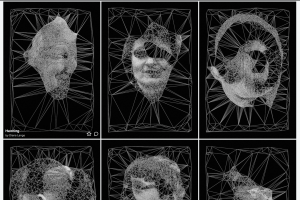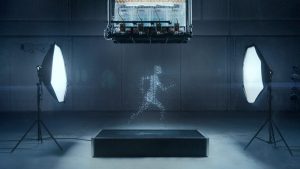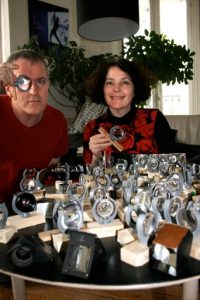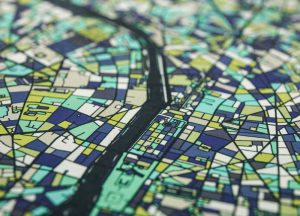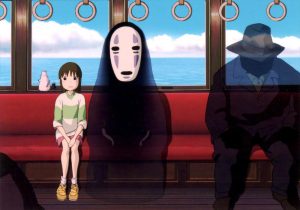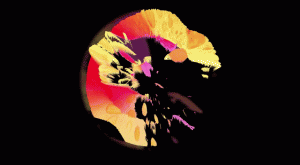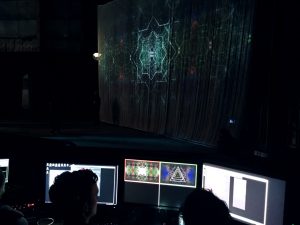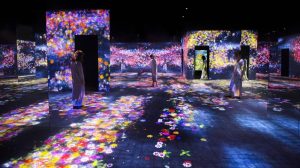
Flower Forest1
Flower Forest2
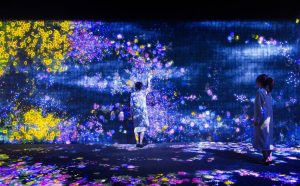
Flower Forest3
I went to this immersive and interactive art exhibition by TeamLab this summer. The exhibition was installed in eight rooms, each room featuring one theme. The theme that interested the most is the Flower Forest. The exhibition uses digital technology to blur the boundaries between the physical world and the digital world. People can interact with the flowers, grow them, move them around, etc. The flower also “grow” on people’s clothing. I suppose the artists used commercial software because this installation only requires a sensor to detect people’s motion. A custom software wouldn’t be necessary.
I really admire the concept of the exhibition. In comparison with the traditional art exhibition where the audience should stay away from the artwork, the artists intend to have the audience to touch, feel, and even interact with the artwork. The audience can understand the artwork from their own perspective and I think it’s pretty amazing.
You can view more images here
![[OLD FALL 2017] 15-104 • Introduction to Computing for Creative Practice](../../wp-content/uploads/2020/08/stop-banner.png)
